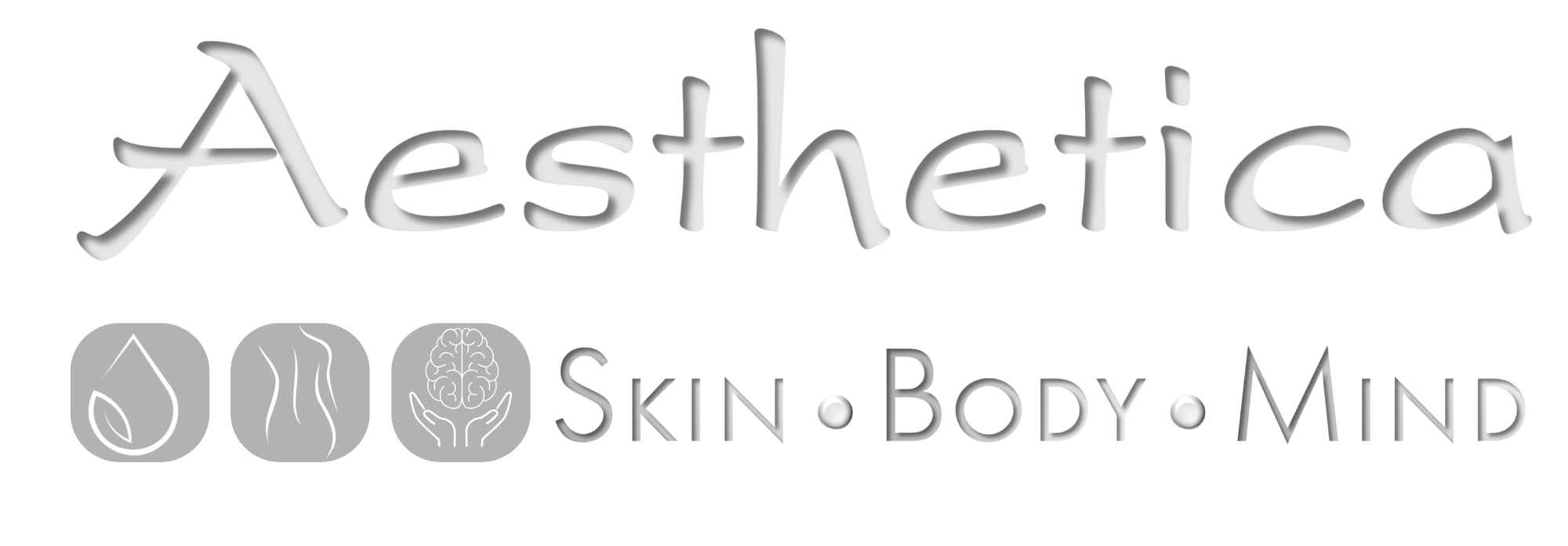Spider veins get their name from the web of red or blue veins that often start to spread across your legs as you age. Most cutaneous spider veins are abnormalities of the horizontal capillary loops. Spider leg veins are composed of a feeder vessel and ectatic venous sprouts in the reticular dermis. Their depth is between 180 µm and 1 mm in the skin. Patients with higher age and chronic venous insufficiency are at greater risk. Hormonal factors and occupation play a role in the development of spider veins. There seems to be a decisive genetic factor since the research suggests that 90% of patients have a positive family history of spider veins. These veins are usually in areas behind the knee, but they can appear anywhere on the body. Spider veins typically don’t cause medical problems although most people choose to treat them for medical or cosmetic reasons. At Aesthetica Skin Centre, we use a thermocoagulation procedure, a relatively new technology with advantages such as immediate disappearance of veins, no allergic indications, and no pigmentation. Also, the procedure has applicability to all skin types.
References:
Braverman, I.M., (2000). The cutaneous microcirculation. J Invest Dermatol Sympos Proc., 5:3-9. https://pubmed.ncbi.nlm.nih.gov/11147672/
Goldman, M.P., (2001). Sclerotherapy treatment of Varicose and Telangiectatic Veins. 3rd edition St Louis: Mosby –Yearbook.
Mujadzic, M., Ritter, E. F., & Given, K. S. (2015). A Novel Approach for the Treatment of Spider Veins. Aesthetic surgery journal, 35(7), NP221–NP229. https://www.ncbi.nlm.nih.gov/pmc/articles/PMC4551823/
Nakano, L., Cacione, D. G., Baptista‐Silva, J., & Flumignan, R. (2017). Treatment for telangiectasias and reticular veins. The Cochrane Database of Systematic Reviews, 2017(7), CD012723. https://www.ncbi.nlm.nih.gov/pmc/articles/PMC6483333
Collections: Body Procedures, Home page, Skin Lesions and Veins
Category: Spider Veins, Veins
